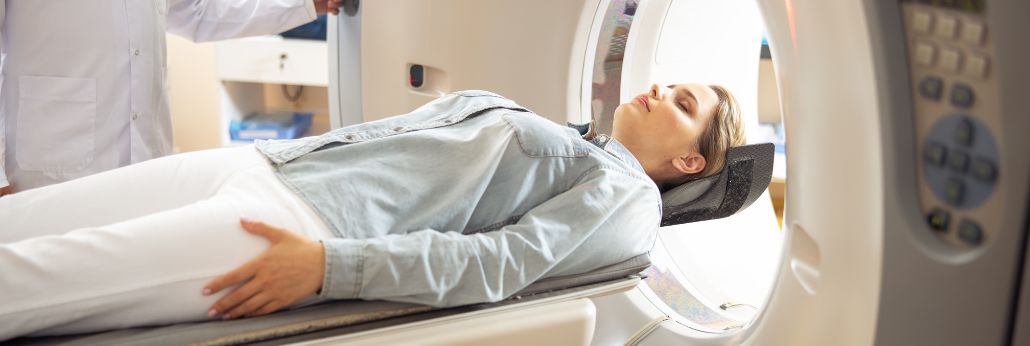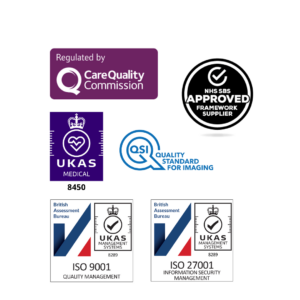For many years the ‘gold standard’ for investigation into heart disease has been what is known as the angiogram. This is where a very narrow tube (a catheter) is inserted through either an artery in the leg or arm and slid up the artery to the heart. It then injects dye into the heart’s arteries to detect any narrowing, ie heart disease.
Angiograms have been around for a very long time and are highly accurate, however, it’s not a particularly pleasant procedure and it does have a small degree of risk. As time has moved on though, the huge improvements in scanner resolution today mean we can increasingly see further and further into the body. We also now have the technology that allows us to take images of a beating heart and assemble the images into a 3D picture.
So, could a simple CT be as effective as an angiogram?
Dewey et al. from the University Medical School in Berlin collected data on nearly 5,500 patients from 26 different European countries with suspected heart disease. The patients were randomly allocated to either CT or invasive angiography as the primary investigation.
They then followed the patients up for three years, recording the incidence of any cardiovascular events, such as heart attacks.
At the end of the study period, the researchers found no difference between the outcomes of the two groups. This would imply that CT was as effective as an invasive angiogram at determining those who have heart disease. The only slight difference between the two groups was that those in the angiogram group had a slightly higher risk of having a major procedure. This was presumably because when the angiogram was performed, if the doctor felt that they needed an urgent heart intervention, eg a stent, in some cases, it was done there and then.
If the CT had not been as effective, we would have expected it to miss heart disease in certain patients, and so they would then go on to have a heart attack, and the level of events would then be different between the two groups.
The conclusion from this, and now widely accepted, is that CT is an excellent tool for diagnosing and excluding heart disease. Indeed, if you have a negative CT that it’s over 99% likely that you do not have heart disease and are unlikely to have any symptoms of heart disease over the next 10 years.
 OUR BLOG
OUR BLOG

 Paul Zollinger-Read CBE
Paul Zollinger-Read CBE




